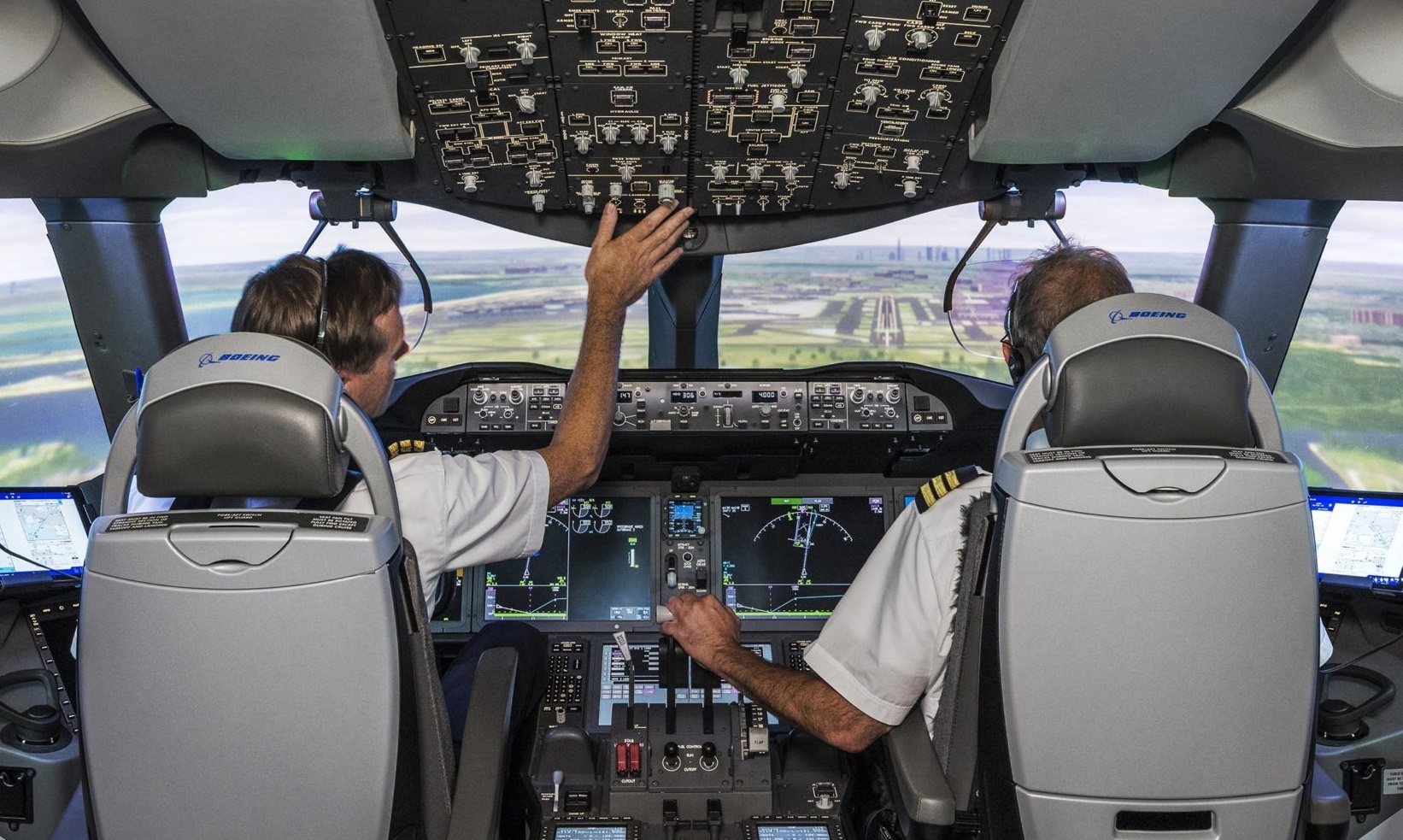The 10 longest non-stop flights in the world: More than 18 hours in the air

In March, Air New Zealand announced a new long-haul flight to connect New Zealand’s capital, Auckland, with New York. At over 14,000 kilometers, that would be the fourth longest non-stop flight in the world.
Long-haul flights may not always be the most convenient, but when it comes to travel, they can have their perks. You save yourself the hassle of changing planes and hours of waiting at a foreign airport during a stopover – where, in the worst case, you can get lost or buy expensive food and souvenirs to pass the time.
Such flight connections often arise to connect two very popular destinations that are separated by a large ocean such as the Atlantic. This also applies to the longest of all long-haul flights, which circles almost half the planet on its journey.
The longest non-stop flight in the world
The currently longest non-stop scheduled flight in the world has been in operation since October 2018. Singapore Airlines connects Singapore with New York without changing planes. The flight has so far covered a distance of 16,700 kilometers and, according to Singapore Airlines, takes a maximum of 18 hours and 40 minutes.
Currently you can fly daily with Singapore Airlines in an Airbus A350-900ULR from Singapore directly to JFK Airport in New York. A special feature on the flight: higher ceilings, larger windows and special lighting should bring comfort to reduce jet lag.
Even longer flight planned
Once around the world, from New York to Sydney: This should be the longest (in terms of time) direct connection in the world. There are about 16,000 kilometers between the cities. According to Reisetopia, however, the plan of the Australian airline Qantas should not be implemented until 2025 at the earliest.
In October 2019 there was already a test flight. This was carried out because such a long flight is very exhausting. The flight duration was 19 hours and 15 minutes. There were only 49 people on board, including the four pilots and the crew, including doctors and scientists who were investigating the effects of a flight that lasts so long. The “Sunshine Project” was also part of the flight: With the help of lighting conditions, stimulating or filling food and on-board movement, the sleeping rhythm was to be influenced in such a way that jet lag was kept to a minimum.
A Boeing 787-9 served as the test aircraft. However, it is now clear that an Airbus A350-1000 will be used for the route.
The top 10 longest non-stop flights in the world by distance
- Singapore – New York, 16,705 kilometers
Singapore Airlines, Airbus A350-900ULR, duration: approx. 18:40 hours - Auckland (New Zealand) – Doha (Qatar), 14,535 kilometers
Qatar, Boeing 777-200LR, duration: approx. 16:23 hours - Perth (Australia) – London, 14,498 kilometers
Qantas, Boeing 787-9, duration: approx. 17:10 hours - Auckland – Dubai, 14,200 kilometers
Emirates, Airbus A380-800, duration: approx. 17:25 hours - Los Angeles – Singapore, 14,114 kilometers
United Airlines, Boeing 787-9, duration: approx. 17:30 hours - San Francisco – Bangalore, 14,000 km
Air India, Boeing 777-200LR, 17:45 hours - Houston – Sydney, 13,830 kilometers
United Airlines, Boeing 787-9, duration: approx. 17:30 hours - Dallas – Sydney, 13,801 kilometers
Qantas, Airbus A380-800, duration: approx. 16:55 hours - Manila – New York, 13,700 kilometers (from October 2018)
Philippine Airlines, Boeing 777-300ER, duration: approx. 17:20 hours - San Francisco – Singapore, 13,593 kilometers
United Airlines/Singapore Airlines, Boeing 787-9/Airbus A350-900, duration: approx. 17 hours
Jet streams, tail or head winds and unusual routes are partly responsible for the fact that supposedly shorter routes require a longer flight time and vice versa.
Profitability remains questionable
Non-stop flights are popular with passengers – they save you the hassle of changing planes and waiting for your onward flight. From the airline’s point of view, however, the question of profitability arises. On non-stop flights, unlike connections with a stopover, the fuel for the entire flight must be carried from the start. This increases the overall weight of the aircraft during the first half of the flight time, which in turn increases kerosene consumption. In addition, additional personnel must be on board, since one crew cannot carry out the entire flight alone.



